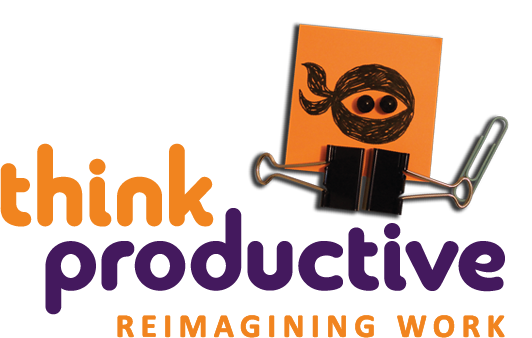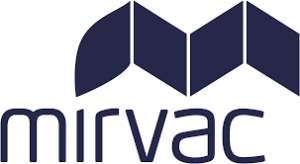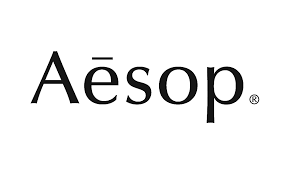Feedback plays a crucial role in professional and personal growth. When done right, it keeps teams on track towards their goals, improves performance, and strengthens workplace communication. Without feedback, it’s hard to know what’s working well and what needs improvement.
At Think Productive Australia, we believe feedback is an essential skill for productivity and success. In our Ninja Skill Booster session,
we explored feedback as a tool for learning and development, helping people feel more confident when giving and receiving feedback.
The Two Types of Feedback Experiences
Most of us have had both good and bad experiences with feedback. Think about it—what was the best feedback experience you ever had? What made it so great? Often, great feedback is:
- Specific – Clearly outlines what you did well or what needs improvement.
- Balanced – Includes both positive and constructive points.
- Actionable – Provides clear next steps.
- Honest – Delivered with sincerity and care.
- Encouraging – Motivates rather than deflates.
On the flip side, bad feedback is usually vague, overly critical, or focused solely on negatives. It can feel like an attack rather than support, leading to disengagement and frustration.
How to Receive Feedback Like a Pro
Receiving feedback well is just as important as giving it. Here’s how you can make the most of it:
- See it as a gift – Feedback is an opportunity for growth.
- Listen actively – Take in the information without immediately reacting.
- Ask questions – Seek clarification if something isn’t clear.
- Say thank you – Acknowledge the person giving feedback, even if it’s tough to hear.
- Evaluate it – Not all feedback is correct, so reflect on it before acting
A Simple Model for Giving Feedback
At Think Productive Australia, we recommend using this six-step feedback model to ensure feedback is constructive and well-received:
- Describe the situation – Be specific about when and where something happened.
- Explain the feedback – Highlight what went well or what needs improvement.
- Explain the impact – Show why it matters.
- Discuss it – Encourage a two-way conversation.
- Restate if necessary – Ensure the key message is clear.
- Summarise and close – Agree on next steps.
Pro Tip: Avoid “Why” Questions
Instead of asking, “Why did this happen?” try, “What do you think led to this?” This small shift helps reduce defensiveness and encourages open discussion.
Time to Take Action
Now that you understand the power of feedback, reflect on these questions:
- Is there feedback you’ve been holding back?
- Is there feedback you’ve received but haven’t acted on?
- How can you make feedback a more positive experience for yourself and others?
At Think Productive Australia, we help individuals and teams master productivity skills that create lasting impact. Embracing feedback as a tool for growth can boost confidence, improve workplace relationships, and lead to better results.
If you’re ready to take your feedback skills to the next level, we have plenty of resources to support you. Check out our We Need to Talk workshop here.





















